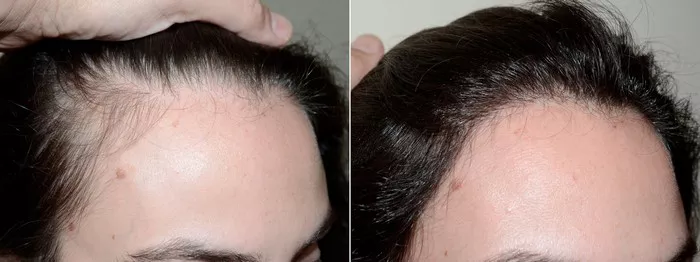A hair transplant is a transformative procedure for those seeking to restore their hairline and confidence. However, one crucial aspect of post-transplant care is often overlooked: how to sleep after a hair transplant. This guide aims to provide insights into the importance of sleeping in an upright position, the ideal duration, and tips for a comfortable recovery. A proper sleep routine post-transplant plays a significant role in ensuring optimal results and a smoother healing process.
The Significance of Sleeping Upright
Sleeping upright after a hair transplant is recommended for several reasons:
1. Minimizing Swelling: Keeping your head elevated helps reduce swelling, which is a common side effect post-transplant.
2. Enhanced Blood Flow: An upright position encourages better blood circulation to the scalp, promoting the healing process and graft survival.
How Long Should You Sleep Upright?
The duration for which you should sleep upright after a hair transplant typically spans the first 2 to 4 nights following the procedure. This initial period is crucial for managing post-transplant swelling and promoting graft survival. However, the exact duration may vary based on your surgeon’s recommendations and your individual recovery progress. It’s essential to follow your surgeon’s guidance closely to ensure optimal results. After this initial period, you can gradually transition back to your normal sleeping position, taking extra care to avoid direct pressure on the grafts and following your surgeon’s instructions for long-term hair transplant care.
Tips for Sleeping Upright Comfortably
Sleeping in an upright position may be unfamiliar and uncomfortable for some, but a few strategies can make it more manageable:
1. Use Pillows: Elevate your upper body using pillows to create a comfortable incline. Consider a wedge-shaped pillow for added support.
2. Sleep in a Recliner: If possible, sleeping in a recliner or adjustable bed can make maintaining an upright position more convenient.
3. Avoid Rolling Over: To prevent unintentional rolling onto your back, use pillows to support your sides and back, keeping you in the desired position.
Gradual Transition to Normal Sleeping
While sleeping upright is crucial initially, you can gradually transition to your normal sleeping position:
1. Follow Your Surgeon’s Guidance: Your surgeon will provide specific instructions on when you can resume sleeping in a horizontal position. Typically, this transition occurs within a week or two.
2. Use Extra Caution: Even after transitioning, exercise caution to prevent direct pressure on the grafts and avoid sleeping on your stomach.
Monitor Swelling and Discomfort
Monitoring swelling and discomfort is a critical aspect of post-hair transplant care. During the recovery period, it’s essential to keep a vigilant eye on any signs of excessive swelling or discomfort around the transplant area. Swelling is a common side effect, but it should gradually subside over time. If you notice persistent or severe swelling or experience significant discomfort, it’s crucial to promptly contact your surgeon. They can provide guidance, assess your condition, and, if necessary, recommend adjustments to your recovery routine. This proactive approach helps ensure a smooth and successful recovery, promoting the best possible results from your hair transplant procedure.
Long-Term Care for Hair Transplant Results
Remember that post-transplant care extends beyond the initial recovery period:
1. Avoid Trauma: Be gentle with your newly transplanted hair and avoid any activities or habits that may traumatize the grafts.
2. Follow Aftercare Instructions: Adhere to your surgeon’s aftercare instructions diligently to ensure the best possible results.
See Also: How to Wash Transplanted Hair: A Step-By-Step Guide
Conclusion
Sleeping upright after a hair transplant is a crucial aspect of the post-operative care routine. It helps minimize swelling, promotes blood circulation, and supports graft survival. While the duration for which you should sleep upright may vary, following your surgeon’s recommendations is essential. By using pillows, sleeping in a recliner, and gradually transitioning to your normal sleeping position, you can make the process more comfortable. Monitoring for swelling and discomfort and seeking your surgeon’s guidance as needed ensures a smooth recovery. Remember that proper post-transplant care is instrumental in achieving the desired results and enjoying a fuller head of hair with renewed confidence.


